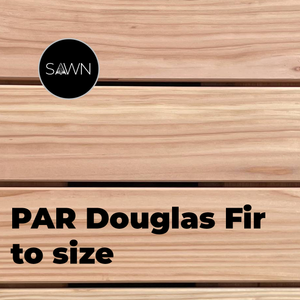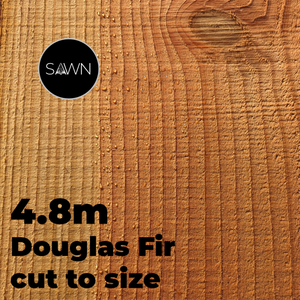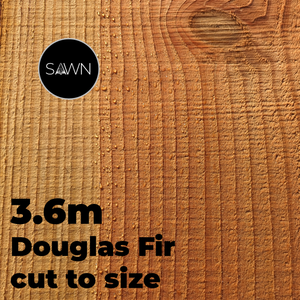
1.8m Cut to size Douglas fir
1.8m Cut to Size Douglas Fir – Strong, Versatile Timber for Smaller Projects
Our 1.8m Cut to Size Douglas Fir is the ideal timber choice for smaller projects that require both strength and aesthetics. Known for its durability, workability, and natural beauty, Douglas Fir is perfect for a variety of uses, from framing and joinery to small furniture and garden structures. With our custom cut-to-size service, you get timber that's ready to use, exactly as you need it.
Product Details
-
Material: Premium Douglas Fir
-
Length: 1.8m (custom cut to your specifications)
-
Finish: Sawn (retains natural texture, not planed smooth)
-
Colour: Ranges from pale yellow to reddish-brown, with a straight grain
-
Durability: Naturally resistant to decay, moisture, and pests
-
Applications: Ideal for small framing projects, joinery, furniture, garden structures, and more
-
Sustainability: Sourced from responsibly managed forests
needs.
Order Your 1.8m Cut to Size Douglas Fir Today
For projects that demand a reliable, strong, and beautiful timber, our 1.8m Cut to Size Douglas Fir is the perfect choice. Whether you're building a garden feature, small furniture, or structural framing, this timber delivers both the strength and aesthetic appeal you need. Order today, or contact us for more information and expert guidance!








